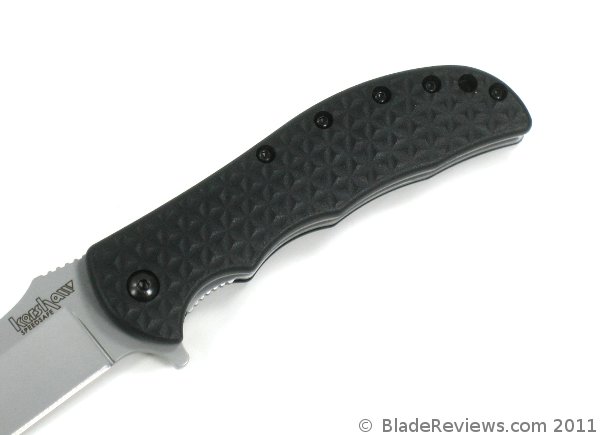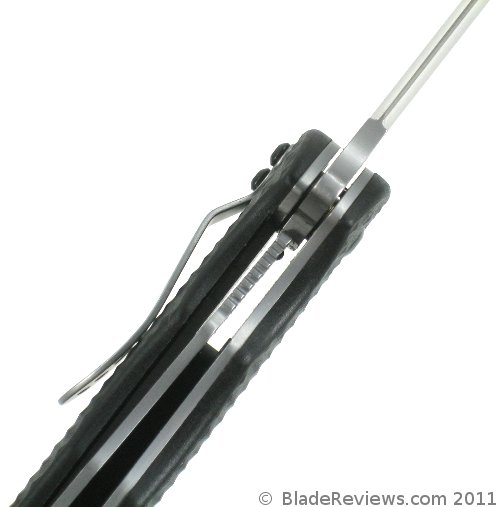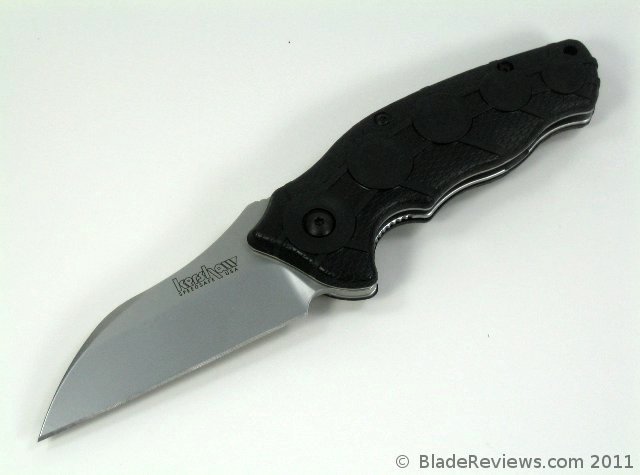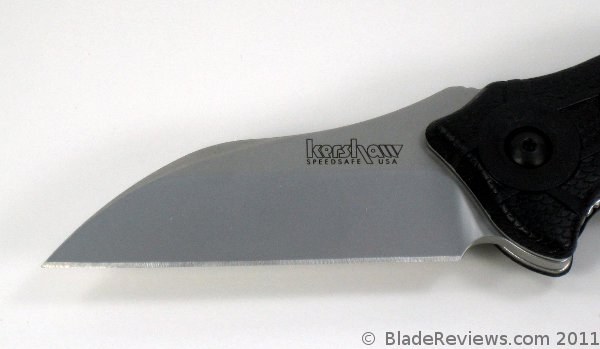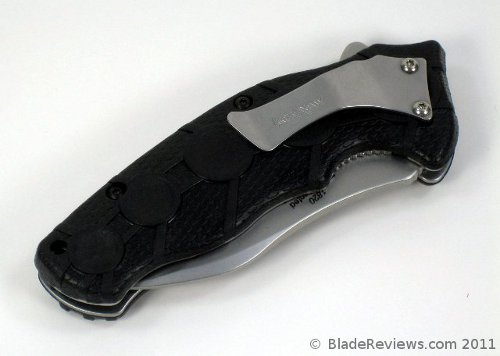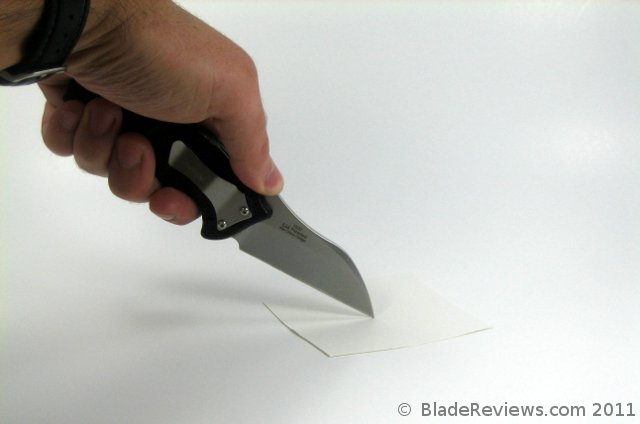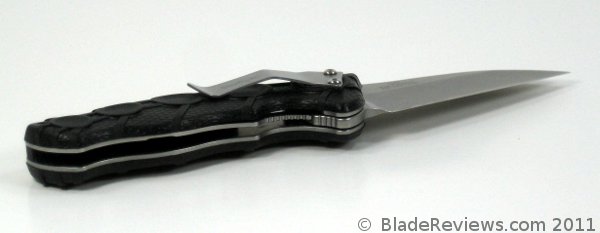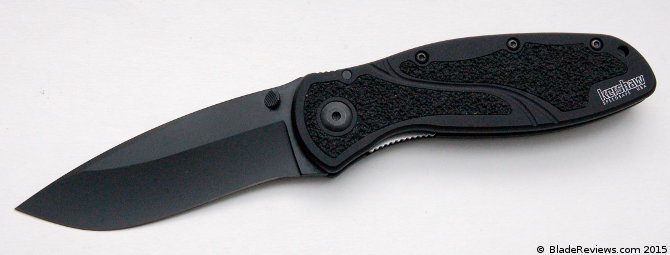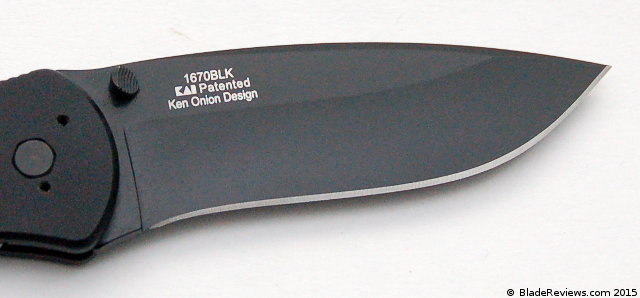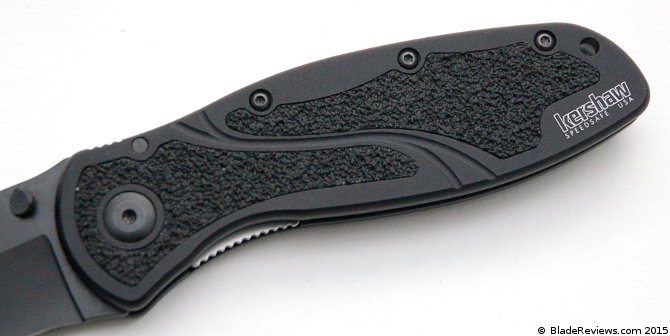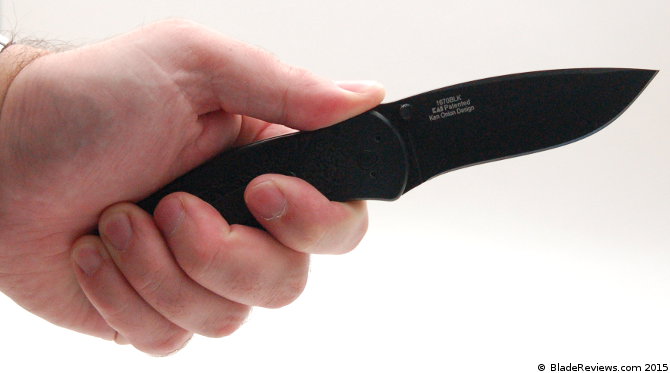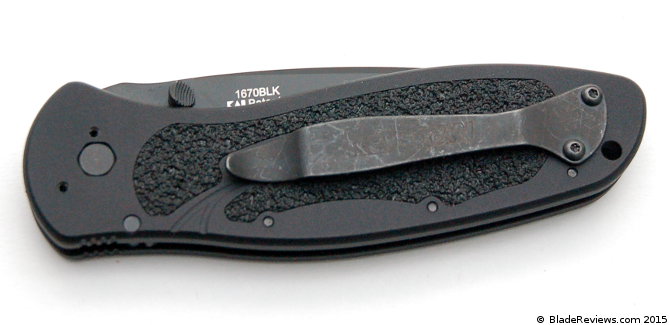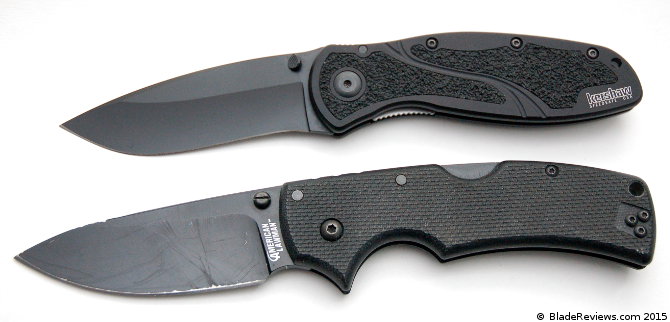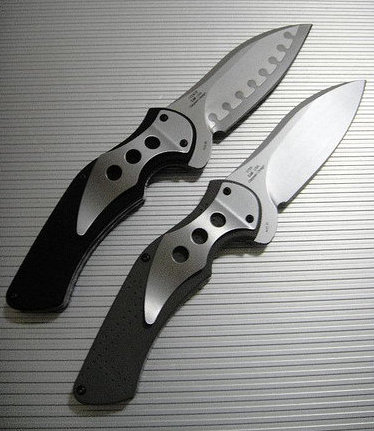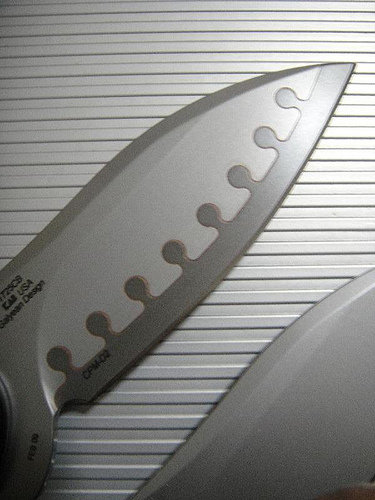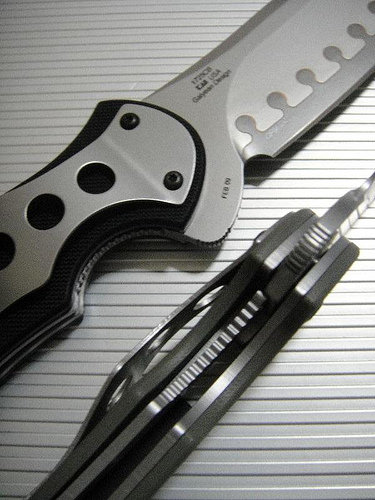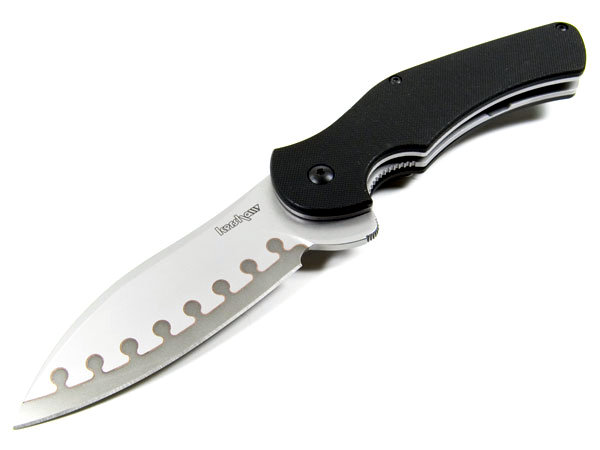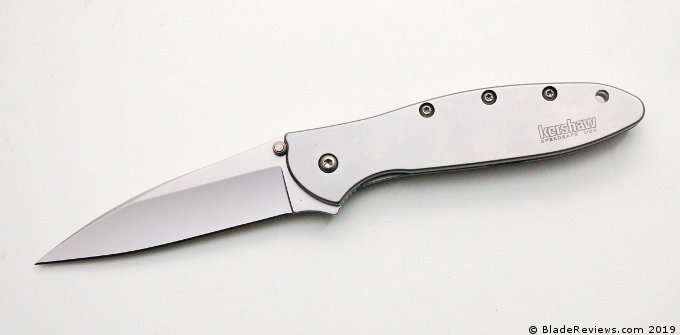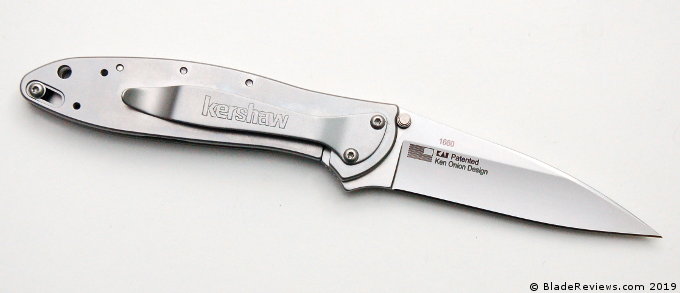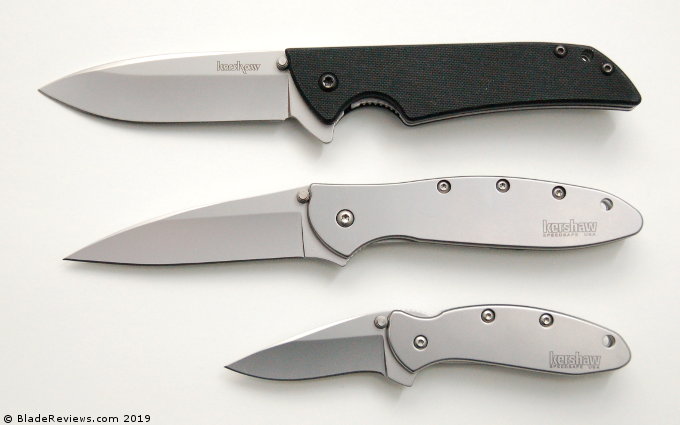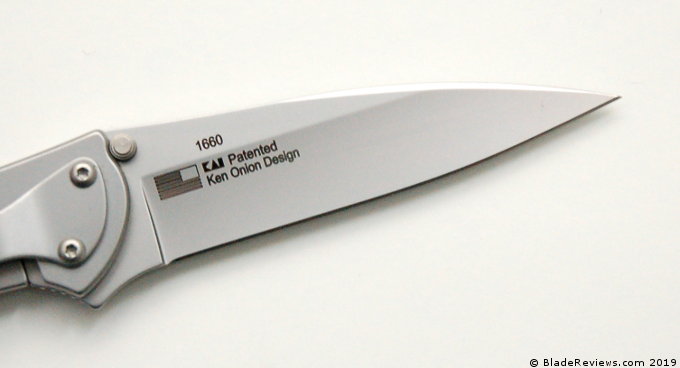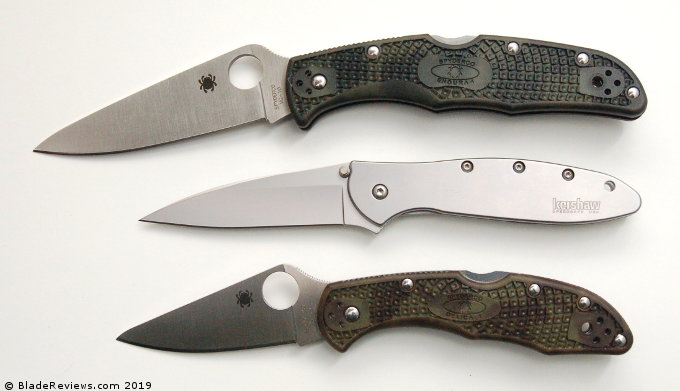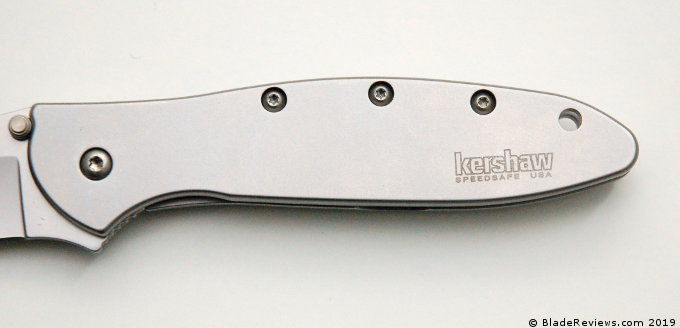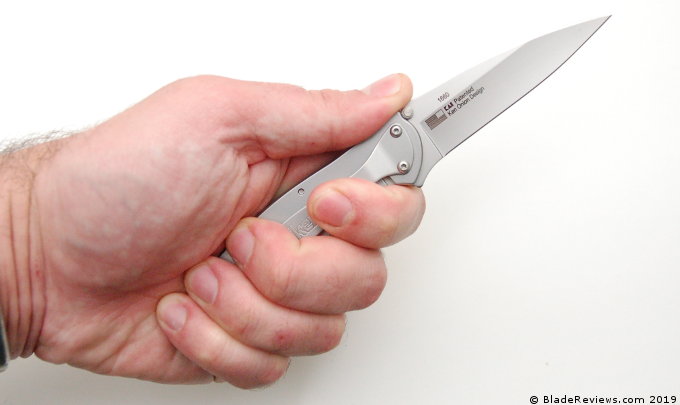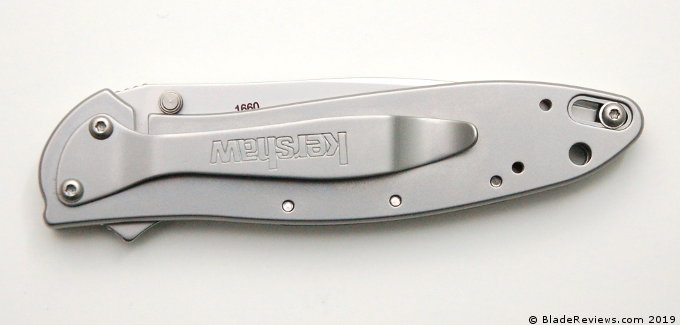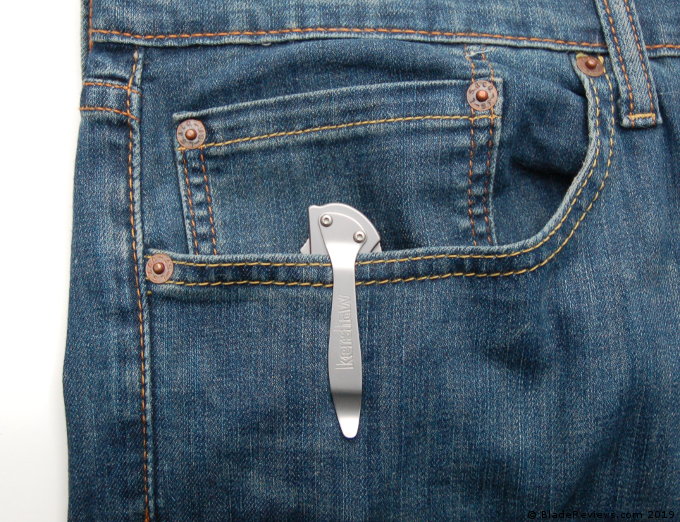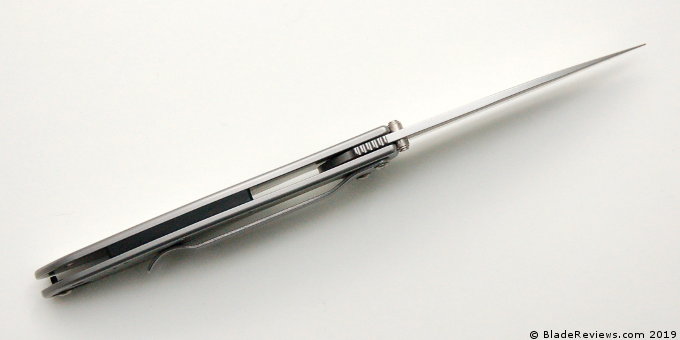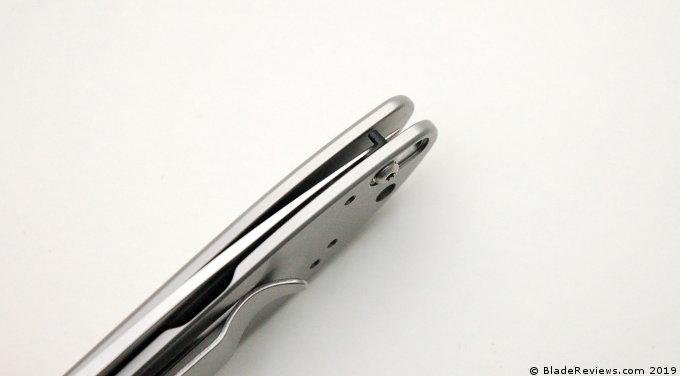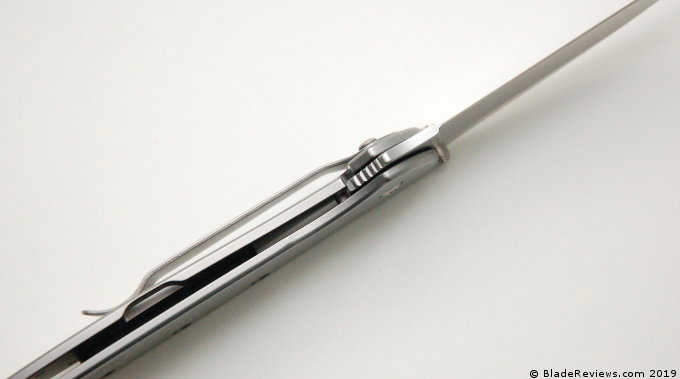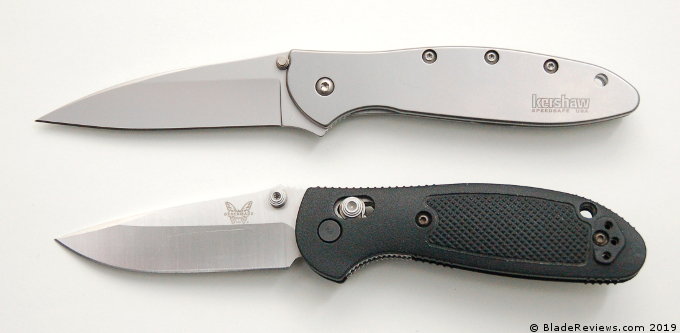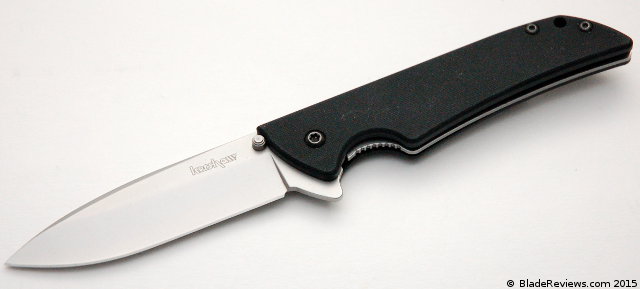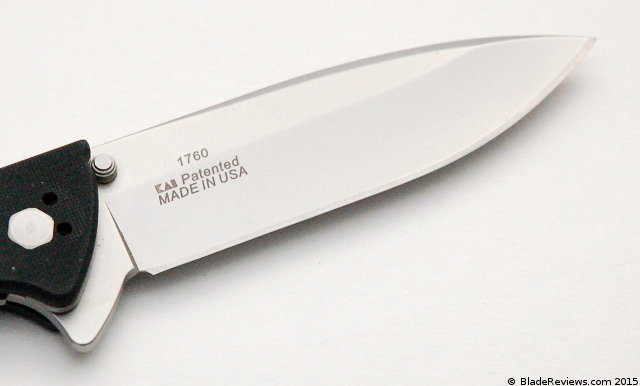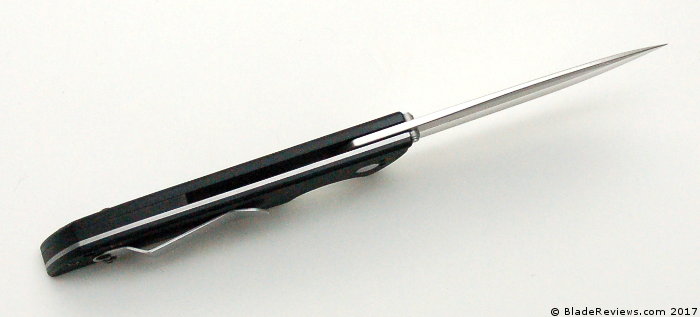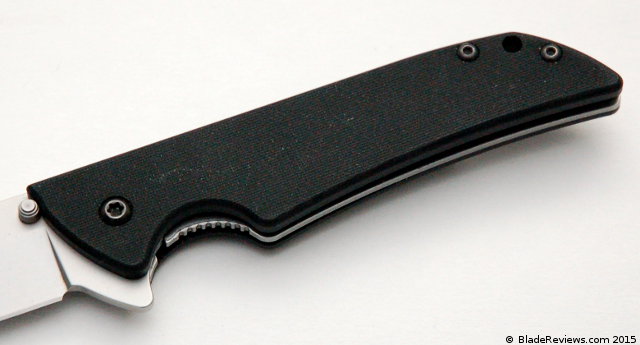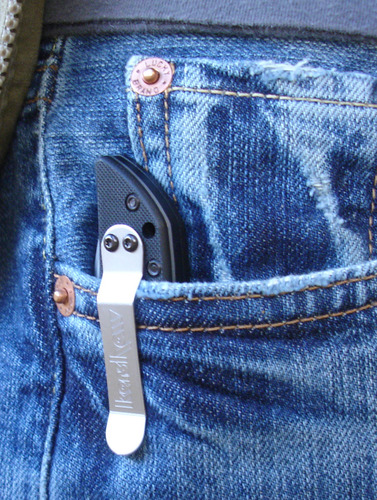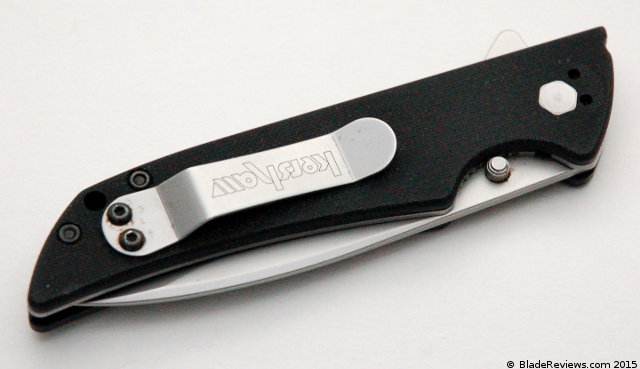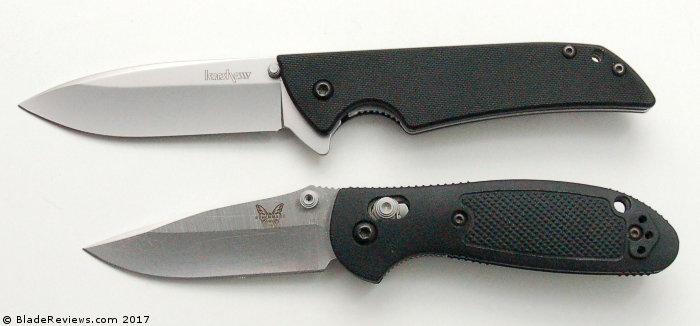Last Updated: August 8, 2019
It has been too long since I’ve examined a nice budget EDC blade. This time around I picked up a Kershaw Volt II, and could immediately tell that I grabbed a real winner. First off, the original Volt is a true collectors piece. It’s not a particularly old design, but it’s a limited edition titanium framelock with a composite steel blade. It will to run you a few hundred dollars at least. And that’s if you can find one.
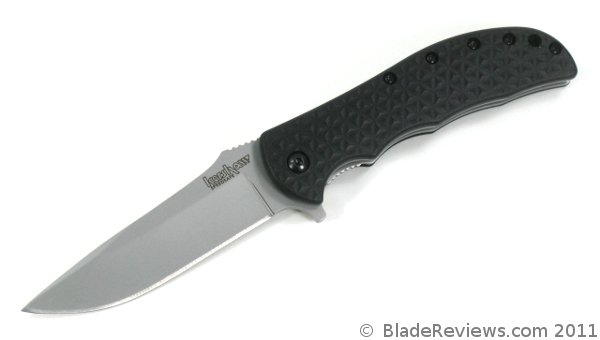
Buy the Kershaw Volt at BladeHQ
Kershaw went in the opposite direction with the Volt II. Here they opted for everyday affordability with nice, but inexpensive materials. The two blades do share a lot of similarities, as they are both creations from designer R.J. Martin and have generally the same shape. The major differences are that the original Volt is much larger (1.75″ longer) and costs about 15 times as much as the Volt II. For right around $20 pretty much anyone can afford the Volt II, and to be honest I think you would be foolish not to. Lets take a closer look to see what I’m talking about.
General Dimensions
The Volt II has an overall length of 7″, a 3.125″ blade and weighs 3.4 ounces. This is a nice size for EDC and should be a fairly friendly looking carry regardless of where you live.
The blade is a drop point shape, with a small swedge and nice sweeping belly. The entire blade has been bead blasted, which is familiar territory for a lot of Kershaw’s small EDC blades (like the legendary Kershaw Skyline). The tip on this knife is very good, holding a good amount of steel all the way to the very end. Kershaw finished this one off with a high hollow grind and a nice smooth edge.
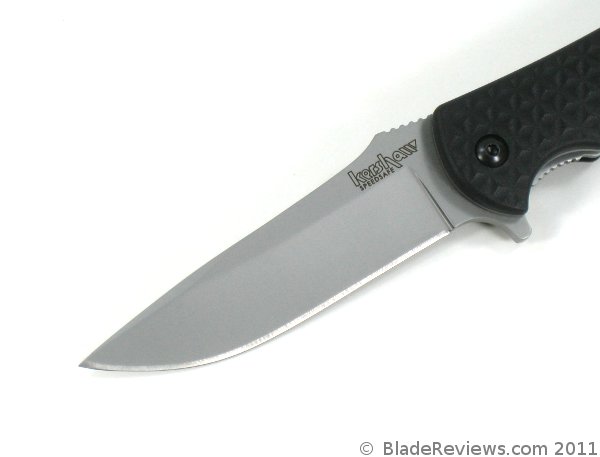
Blade steel is the very high value 8Cr13MoV stainless from China. My experiences with 8Cr13MoV have been very good. For the money, I really don’t think you can beat it. It is capable of taking a very nice edge and has good rust resistance.
Handle, Ergonomics, and Pocket Clip
The Volt II features full stainless steel liners with injection molded plastic scales. The plastic is actually pretty dense (Kershaw calls it Polyimide) and I am quite pleased with it. An attractive triangle pattern has been emblazoned over the scales and the liners have been lightly milled out. I’m sure some would prefer G10, but for price I am not complaining. I really like how the liners have been given the same blasted finish as the blade – looks real sharp. Rounding things out is an almost full backspacer made of the same Polyimide material as the scales.
Ergonomics on the Volt II are nice. First off, it is a smaller handle (~3.8″) so I found it slightly cramped with my larger hands. That said, I managed a full grip and liked how the thick and rounded scales felt in hand. There are two shallow choils and an integral guard to keep your fingers from slipping. A nicely jimped thumb ramp provide addition support on top. My only suggestion would be to make the handle a little longer to provide some extra room but I think for most people the ergonomics are going to work really well.
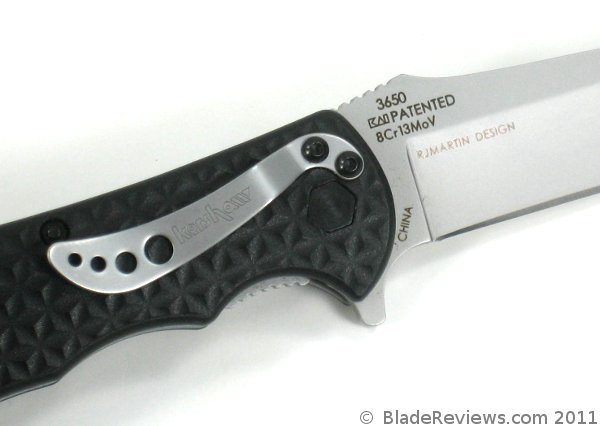
The pocket clip is a kind of funky looking Kershaw clip. Having handled a number of Kershaw knives I’m no stranger to their somewhat unconventional clips. As you can see this one is quite interesting. In practice, the clip works just fine and is not nearly as funky as some of the others I have run into. I would have liked to have seen it be a little bigger, but it’s discreet and offers a low carry. On the subject of carry, this is a chunkier folder with a thickness of about half an inch. For some, this may be a little difficult to carry. I don’t mind it but everyone is different. One last thing to note is that this tip allows for tip up or tip down carry but it is right side only.
Deployment and Lockup
The Volt II takes advantage of a nice flipper for deployment. This knife uses Kershaw’s Speedsafe assisted opening technology. This knife fires open hard with a really satisfying click. The flipper also doubles as a guard – a feature I have really come to appreciate with a lot of Kershaw designs. I’m also a big fan of the Speedsafe – Kershaw has done an excellent job with all of the assisted opening knives that I have handled. I predict that if you pick this one up you will spend way too much time playing with this one (at least I did).
Lockup is accomplished through a liner lock. This is actually a pretty thick lock bar and it locks up nice and early on my example. I noticed zero blade play and I love how the knife has come perfectly centered. A small amount of jimping on the lock bar makes this an easy one to disengage when you want to, but it still feels very secure in hand. For EDC tasks this lock will be able to handle it all.
Kershaw Volt II Review – Final Thoughts
Sometimes I get a knife in and the review just writes itself. I was impressed with the Volt II the moment it came out of the box, and I still haven’t put it down. If you want an EDC knife in the $20-25 this is a very strong option in my book. What really makes this one for me is the way it’s been put together. The fit and finish are phenomenal. The knife locks up nice and early, the blade is perfectly centered, deployment is smooth, the grinds are nice, the handle feels great – I could go on and on.
To me this is a great example of what Kershaw does best – putting together a rock solid EDC folder that everyone can afford. My only issue would be that I’d like to see an ambidextrous clip and perhaps a slightly larger handle. Aside from that the knife has exceeded my expectations in every way. I want to note that the Volt II is made in China, but the quality control is excellent. I would put the level of fit and finish above my Spyderco Tenacious and wouldn’t hesitate to recommend this to anyone interested in the knife, or in need of an inexpensive folder that can take some real use.
- KERSHAW VOLT II POCKETKNIFE: An updated version of the original, the Volt II is a workhorse of a pocketknife. With the same versatile blade and handle style, now with upgraded blade steel and textured handle to make it even more capable on the job.
- DROP POINT PLAIN EDGE BLADE: Made from quality 8Cr13MoV stainless-steel that offers excellent edge retention, strength, and hardness. The bead-blasted blade finish provides a non-reflective, matte surface.
- GLASS-FILLED NYLON HANDLE: The lightweight, black glass-filled nylon handle has textured scales and finger contours for a comfortable, secure grip during use. Includes a reversible pocketclip for right, tip-up, left, tip-down carry.
- DESIGNED WITH SAFETY IN MIND: Equipped with Kershaw’s assisted one-handed opening with the built-in flipper for fast blade release. Liner lock secures blade in place to ensure safety while handling.
- SIZE SPECIFICATIONS: Blade Length: 3.25in. Closed Length: 3.9in. Overall Length: 7.1in. Weighing in at 3.3oz. Backed by Kershaw’s Limited Lifetime Warranty. Suitable for EDC, hunting, camping, and more.
I recommend purchasing the Kershaw Volt II at Amazon or BladeHQ. Thanks for checking out the review.
